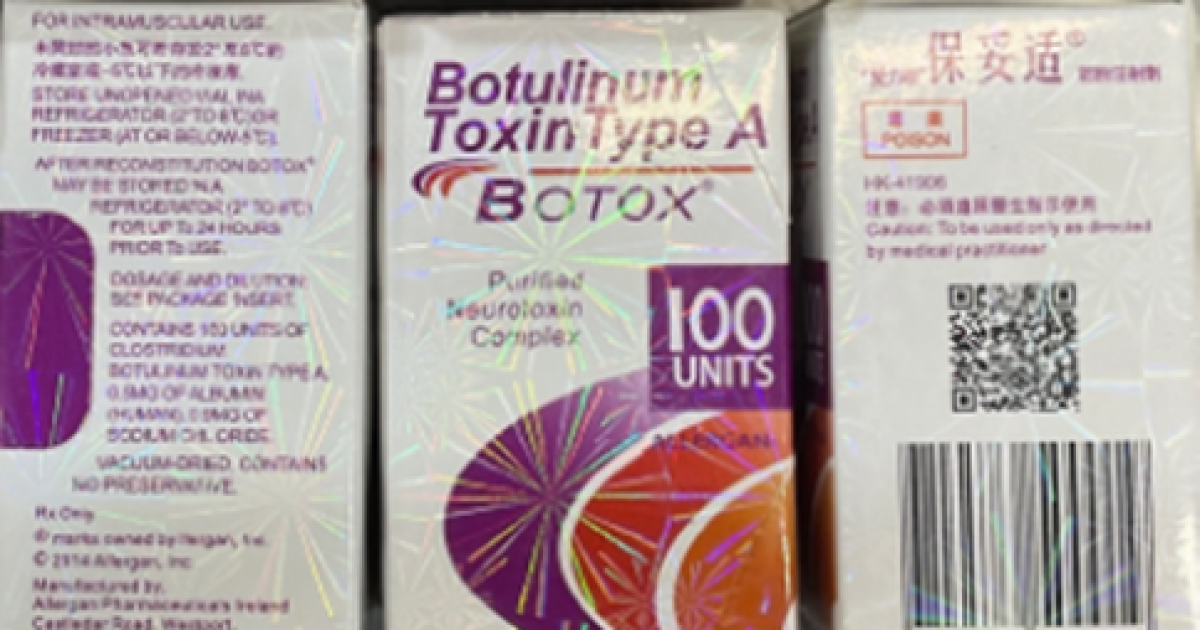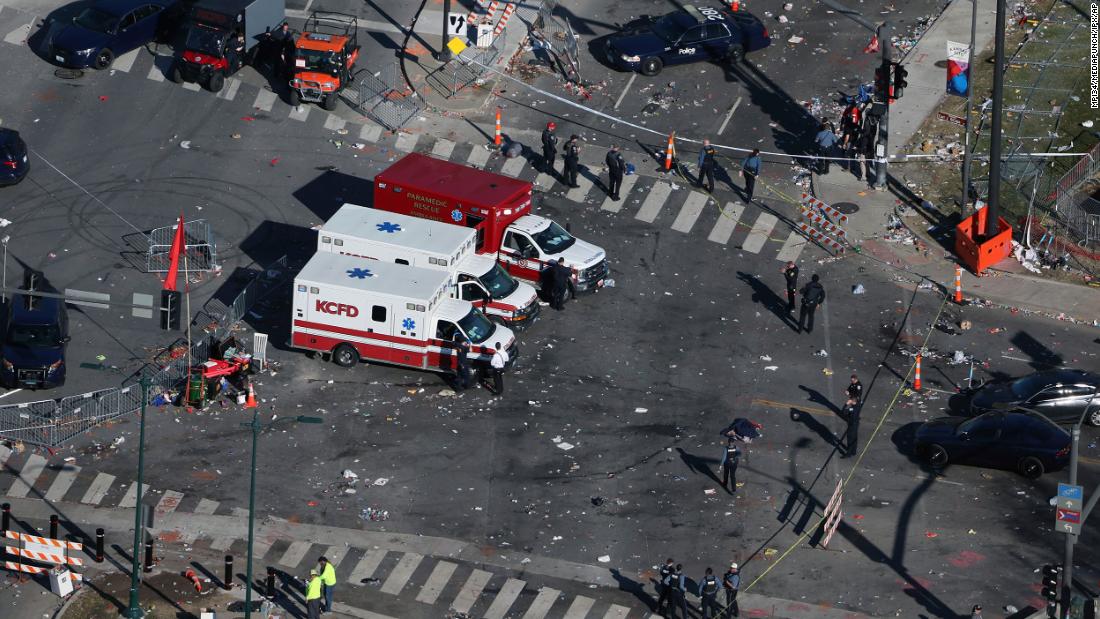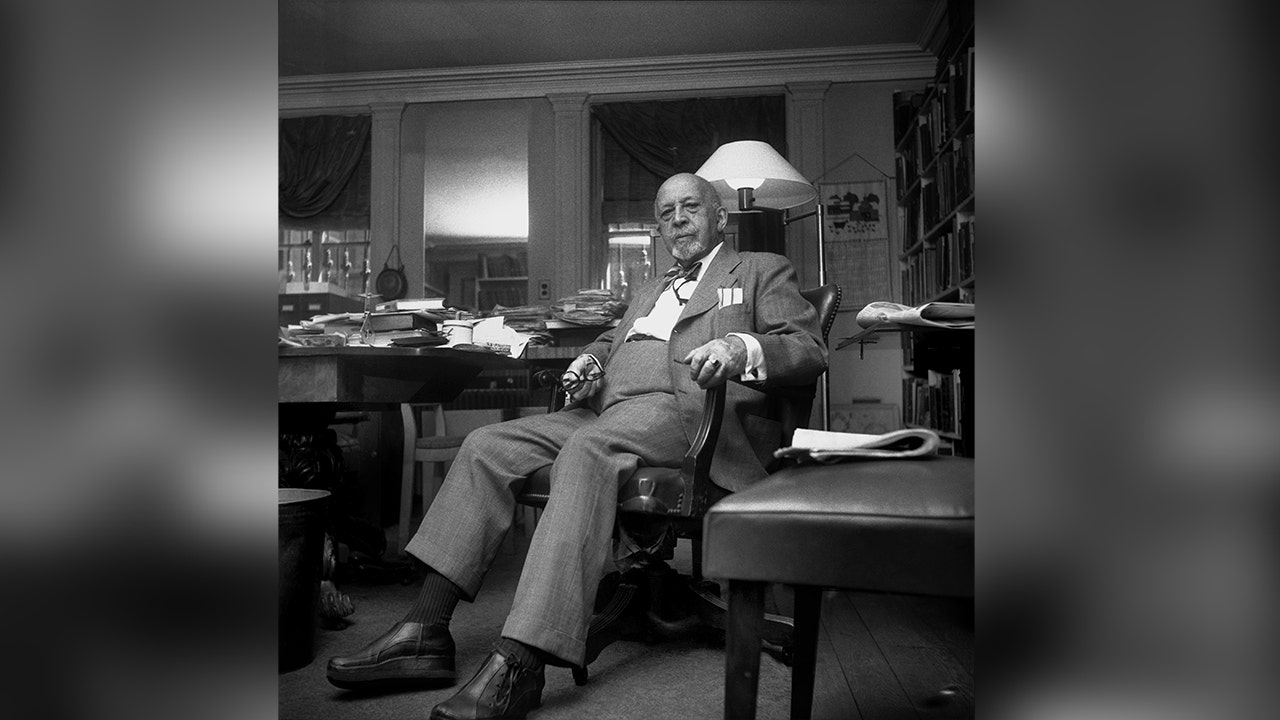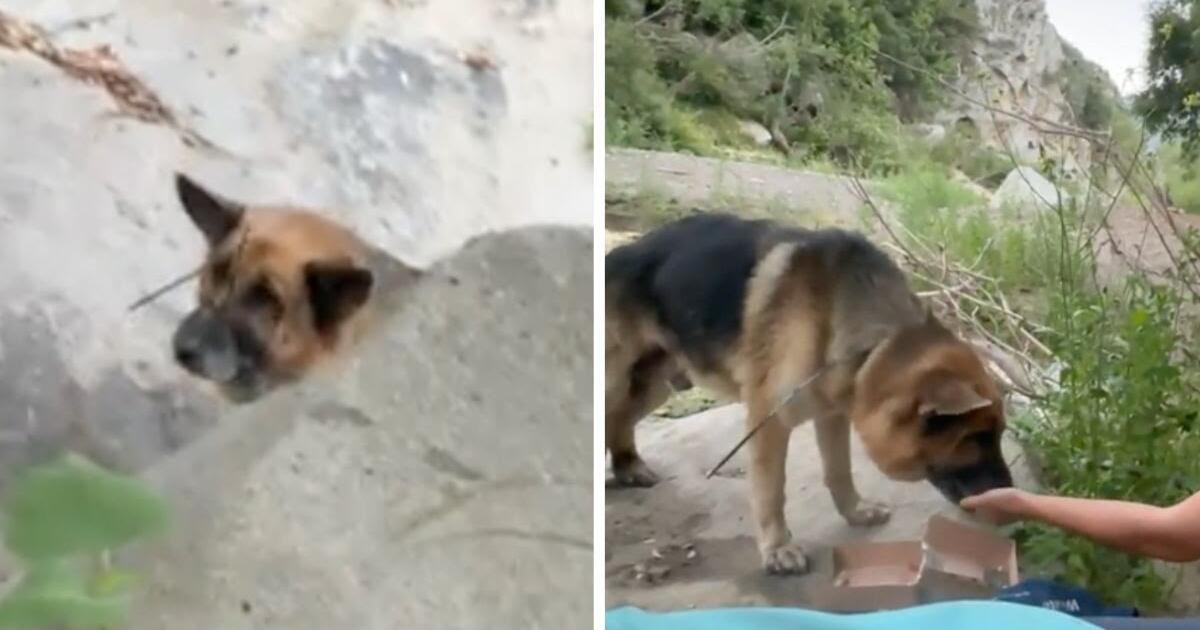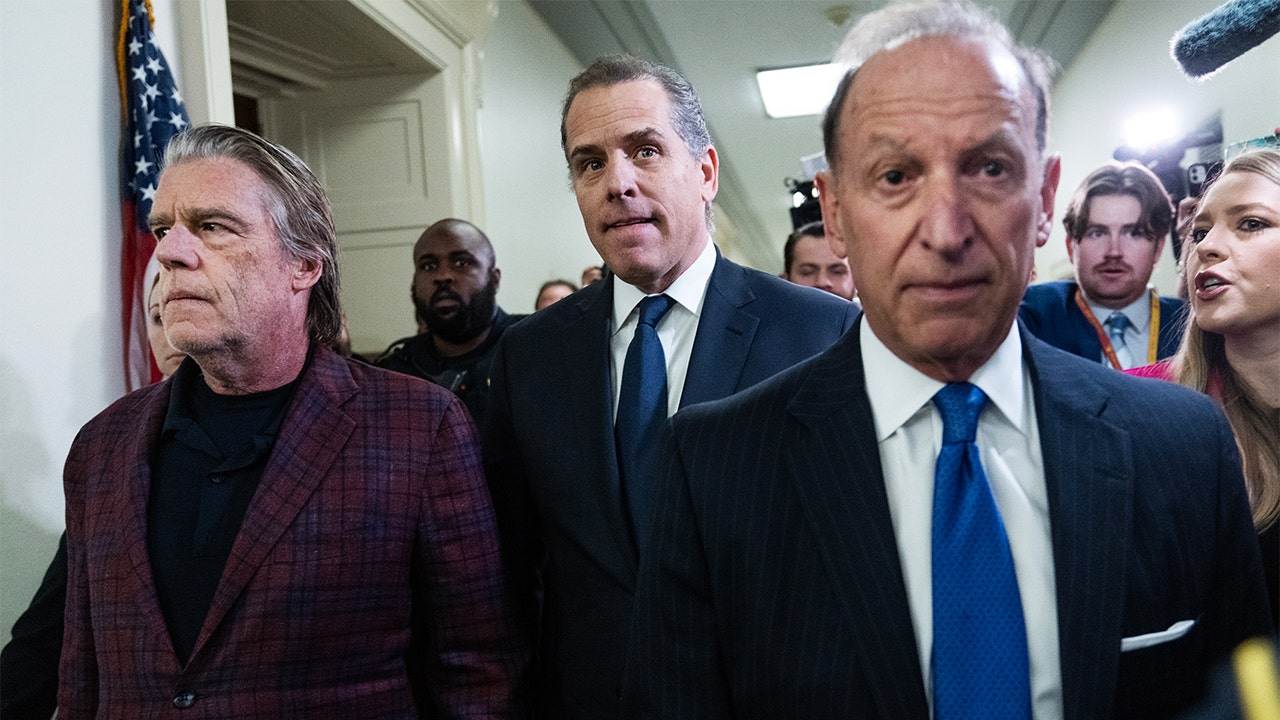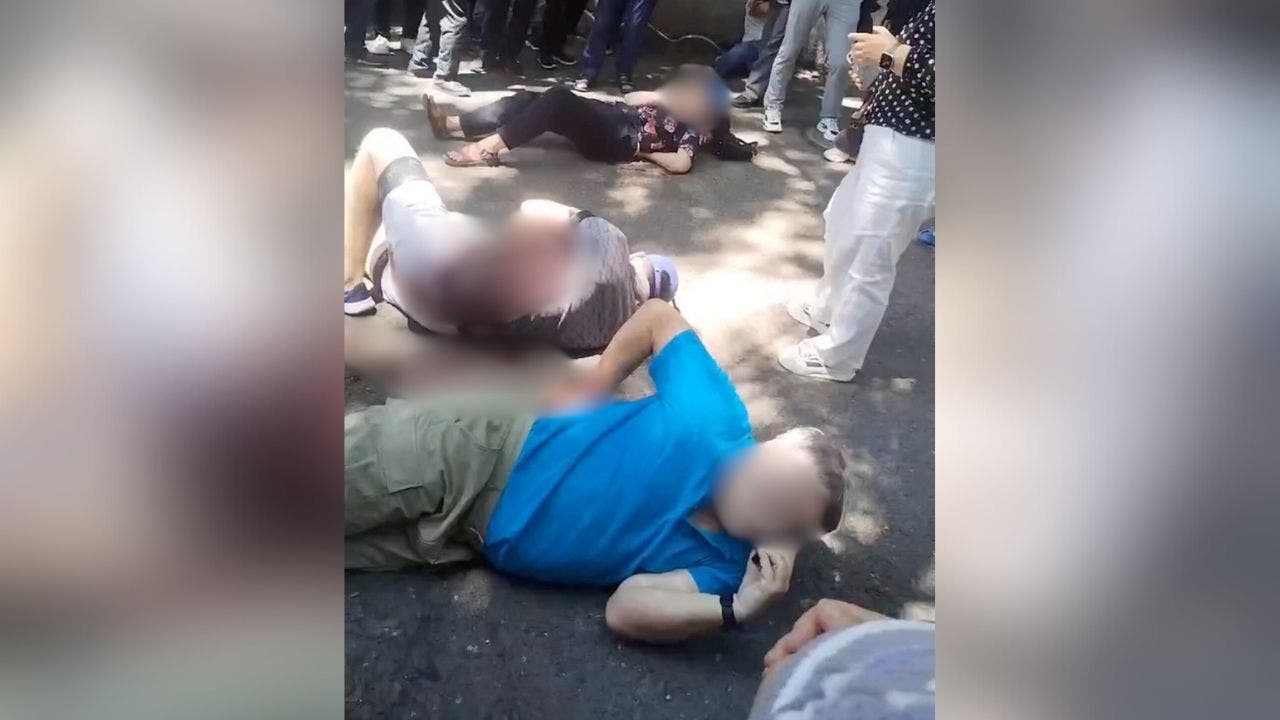Fake versions of Botox have appeared in California, raising alarm among public health officials who warn that counterfeit versions of the injections can cause symptoms such as slurred speech and breathing problems.
“Counterfeit or improperly administered Botox, even in small quantities, can cause serious health problems and even death,” Dr. Tomás J. Aragón, director of the California Department of Public Health, warned in a statement Wednesday.
Botox, or botulinum toxin, is used cosmetically to temporarily smooth fine lines on the face. It has also been used to treat medical conditions such as muscle spasms. The product is derived from a toxin produced by bacteria.
Last month, the Centers for Disease Control and Prevention said 22 people in 11 states had reported harmful reactions such as weakness and blurred vision after receiving shots, putting some of them in the hospital. According to the federal agency, they had received their shots from unlicensed or untrained people or outside of health care settings, such as in a home or spa.
So far, there is no indication that such problems were related to the genuine Botox product approved by the federal Food and Drug Administration, health officials said. Instead, regulators have found that some patients received Botox products that were counterfeit or from unverified sources. Investigations are being carried out.
“We're not even sure what it really is,” but it's not Botox, said Dr. Adam Friedman, chair of dermatology at the George Washington School of Medicine and Health Sciences.
And “when you have an injectable agent that is not what it claims to be, that has no quality assurance or oversight… a lot of different things could come up,” including bacteria or allergens.
Because health effects could be delayed, “I don't think we've scratched the surface yet” of the possible consequences of injecting an unknown substance into the body, Friedman said.
The California Department of Public Health said that since a multistate investigation was launched in November, it had received two reports of harmful reactions to falsified or mishandled botulinum toxin, which were included in the total number reported nationally by the CDC.
Under California law, Botox can only be injected by a doctor, or by a registered nurse or physician assistant working under the supervision of a doctor. But state law “does not restrict where Botox treatments can be performed,” according to the Medical Board of California. In a statement, Aragon urged people to receive Botox injections only from “licensed and trained professionals in healthcare settings.”
Public health officials also advised consumers to check with health care providers that they were receiving Botox from “an authorized source” and to ask if they were licensed and trained to administer the injections.
“When in doubt, don't get the shot,” the public health department urged.
Aragón also stressed that you should never buy Botox online or through “unlicensed people.” Dr. Debra Johnson, former president of the American Society of Plastic Surgeons, said online sellers overseas have been creating “hacked Botox,” putting it in similar packaging and then selling it to anyone willing to pay.
Doctors have been getting emails and faxes saying, “'We have cheaper Botox, we have cheaper fillers,' and it's all these unregulated places that don't have any FDA oversight,” Johnson said. Responsible doctors know that's illegal, she said, but “I'm sure there are some people who would take advantage of the opportunity.”
Botox is manufactured by AbbVie Inc. The California Department of Public Health said the outer boxes of the genuine product include product descriptions for “BOTOX® COSMETIC / onabotulinumtoxinA / for injection” or “OnabotulinumtoxinA / BOTOX® / for injection” and list the maker. as “Allergan Aesthetics / An AbbVie Company” or “abbvie.” They also list the active ingredient as “OnabotulinumtoxinA.”
Fake products may list the active ingredient as “botulinum toxin type A,” include languages other than English, or list doses of 150 units, according to the California Department of Public Health. (AbbVie makes actual Botox products in doses of 50, 100 and 200 units, federal officials said.) Another clue to a fake product is the lot number “C3709C3” on the packaging or vials, regulators have advised.
Fortunately, “there are some really key, distinguishing features in this fake Botox that distinguish it from the real product, which hasn't been contaminated,” Friedman said. If a consumer is concerned, “there's nothing wrong with saying, 'Hey, can I check the box?'”
In general, if “something seems too good to be true” or “seems like a bargain when it comes to your health, those should be signs to run,” he said.
Anyone experiencing symptoms from counterfeit Botox, which are similar to the effects of botulism poisoning caused by improperly canned foods, should contact a medical professional or go to an emergency room immediately, the CDPH said. Symptoms may include drooping eyelids, difficulty swallowing, fatigue, weakness, and difficulty breathing.
Fake Botox products can be reported to the FDA through their website or by calling (800) 551-3989. In California, people can also notify the California Department of Public Health by filing a consumer complaint.

